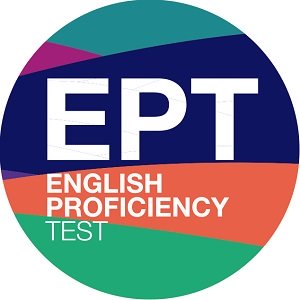|
How does a reverse dictionary work
In an electronic dictionary offering a reverse lookup, you actually search within the definition text. You could search on the words "yellow" and "flower" to find such entries as: abelmoschus, acacia, aconitum...to buttercup...to honey rose, etcetera. In a print version of a reverse dictionary, the reader is taken from a meaning or clue they are aware of to the word they need. In conventional, alphabetically arranged dictionaries, users have to know the word to read about its meanings. If you don't know the word, you cannot look it up in an alphabetical dictionary! An example of this is: What are the adjectives used for the words "church" (ecclesiastic) or "goat" (hircine, culiciform, capric, caprine)? Think of it, how would you find these in a standard alphabetical dictionary? In a reverse dictionary, you could look under goat and find, "goat" like a: caprine, hircine, hircinous. Clue or cue words are the words you have in your mind (or tip of your tongue) that lead you to the target words. The compiler has selected the same familiar words that you, the user, would think of when trying to find the target words. The clue/cue words are carefully framed in ways that make the target words readily findable. Though it would be impractical to provide every possible clue/cue to a target word, a reverse dictionary includes the most probable and generative choices. Even if you have never used a reverse dictionary, you will come to quickly understand what constitutes useful and useless cue/clue words. It is really easy to get the hang of it. Good bets are the more concrete cues/clues like "ear," "church," "office," "clear," "emotion," and "soften." Less useful cues/clues might generate too many entries. Examples like "tiny," "first," "fat" are cues/clues which could be used to describe hundreds of target words - which would make it much harder to find the word that you need.
|

















